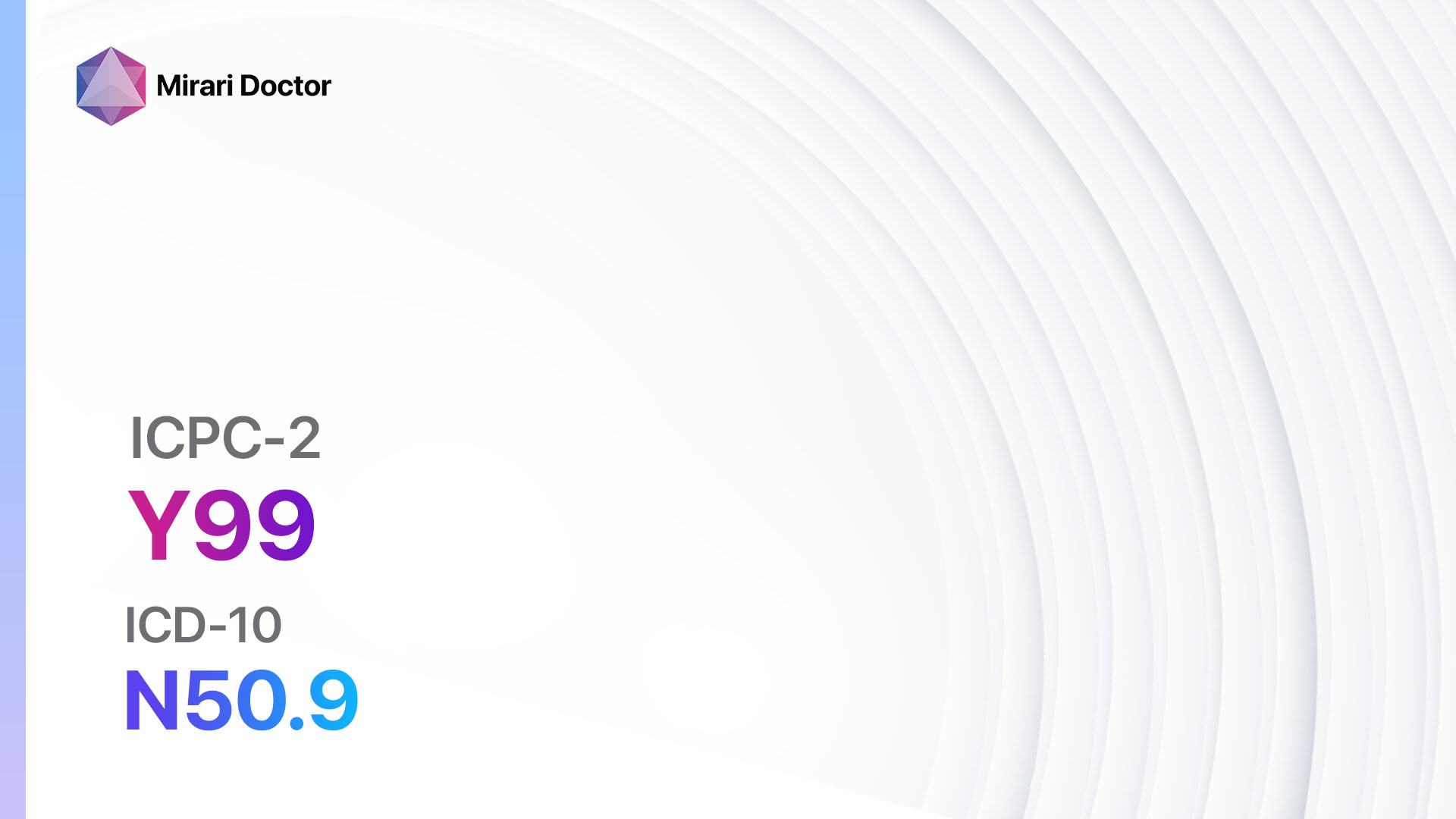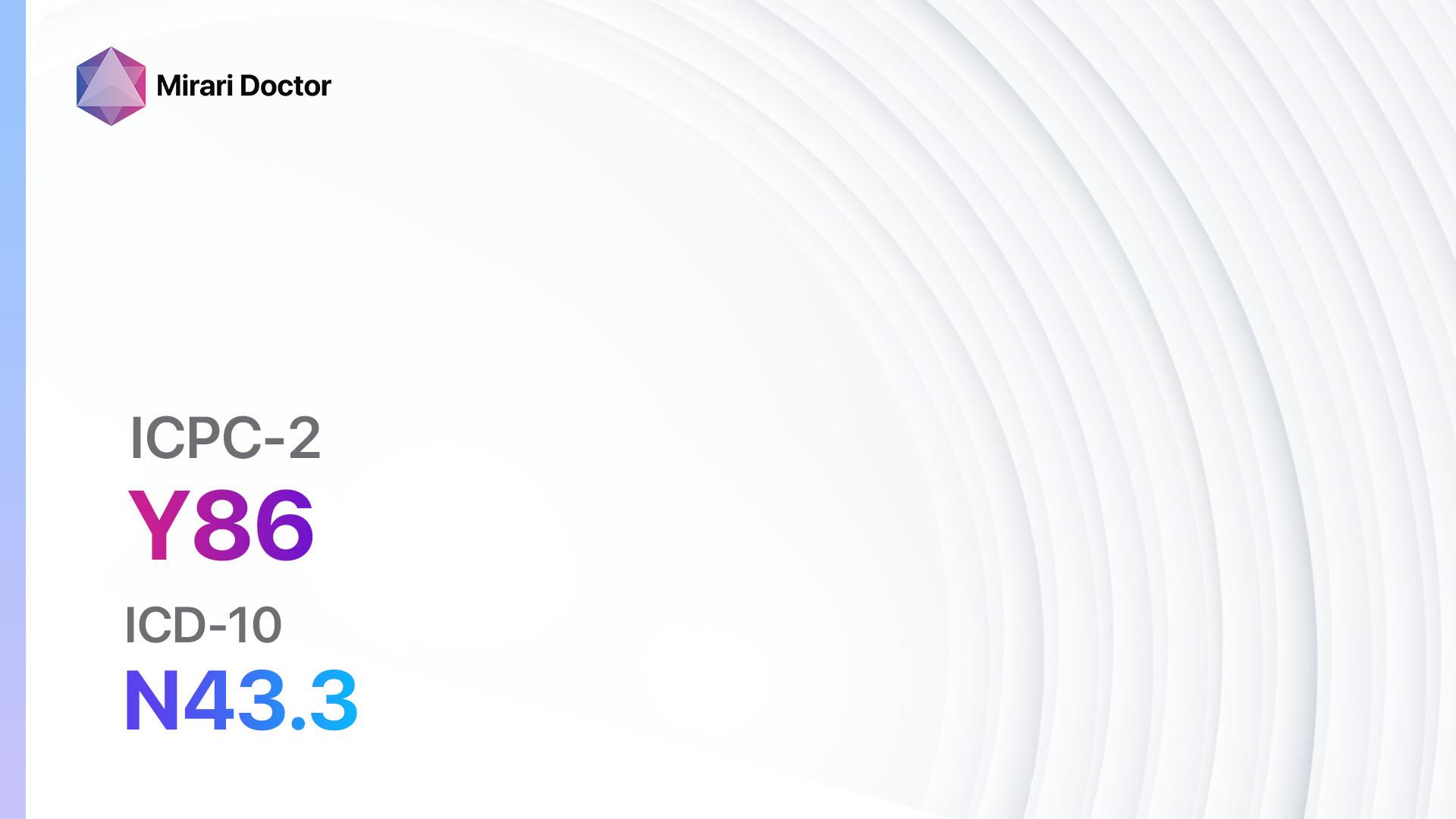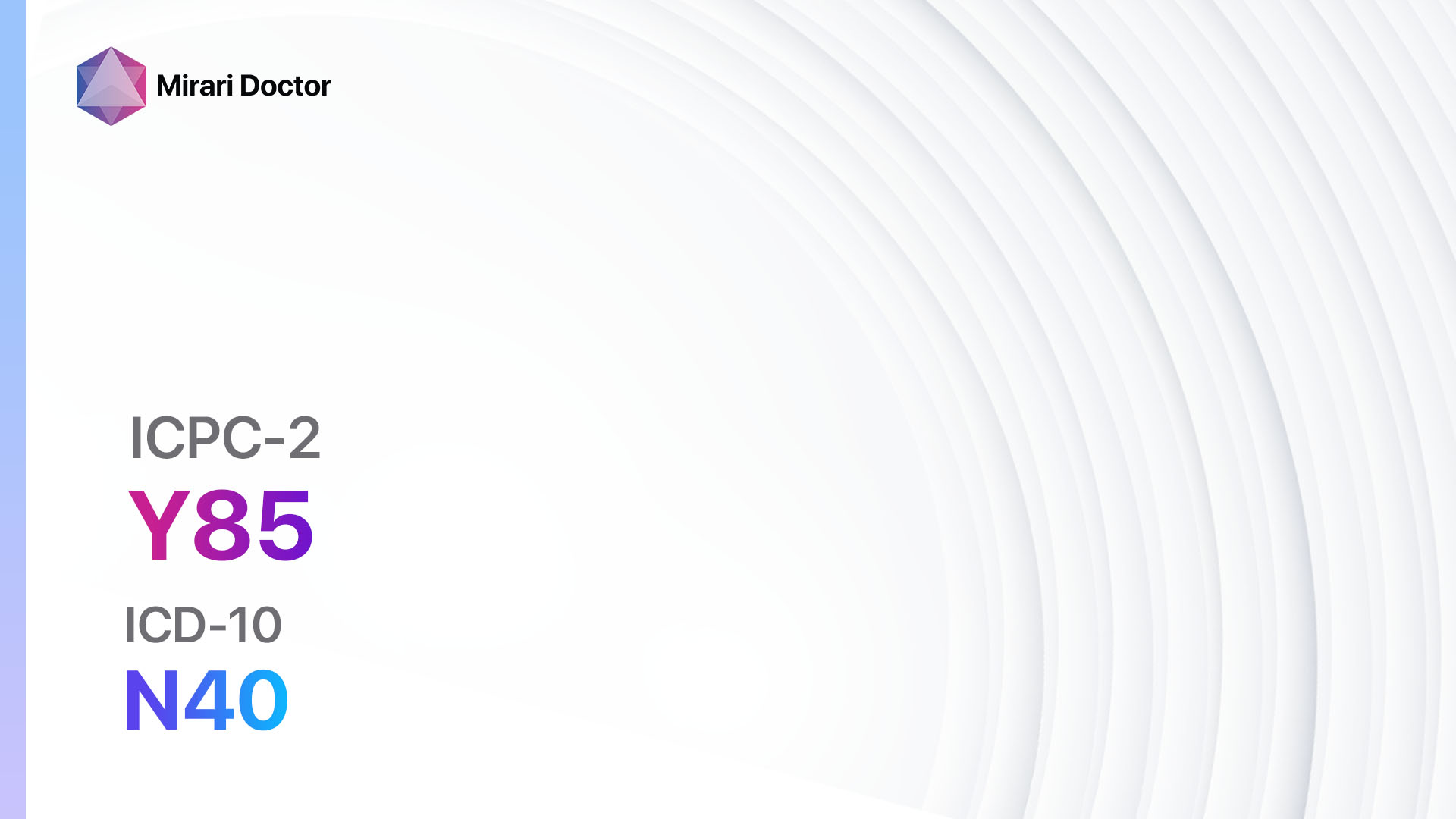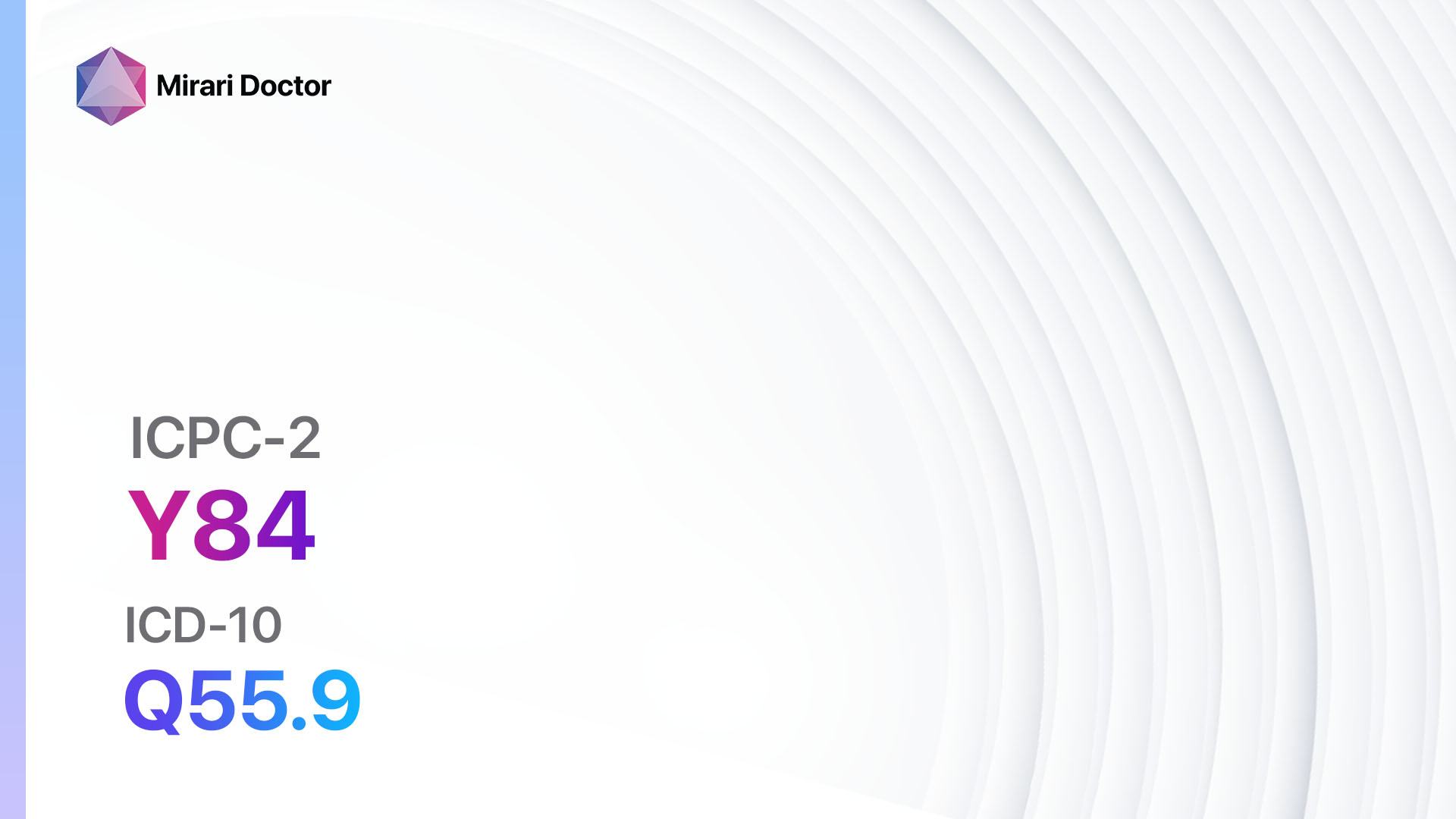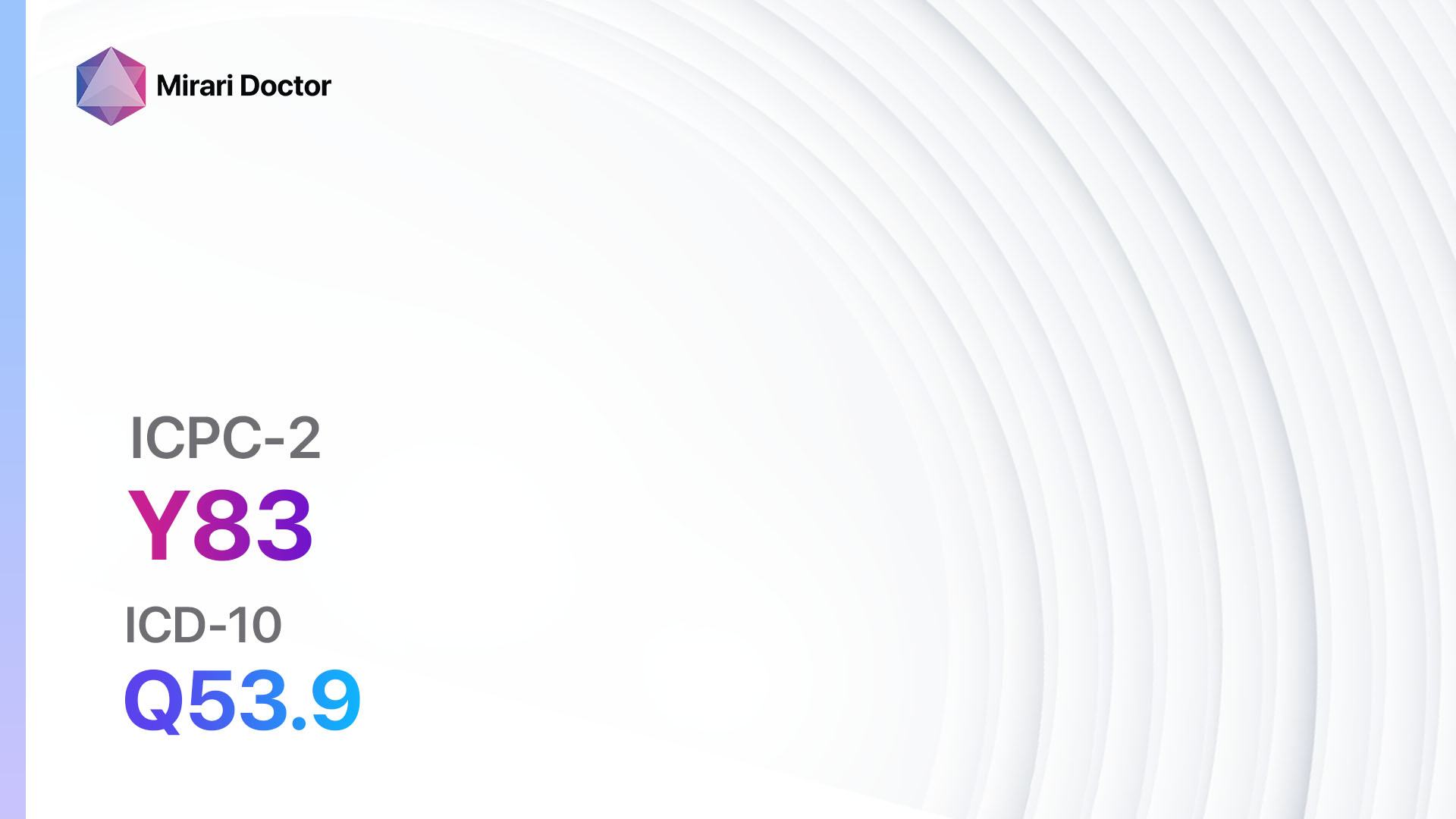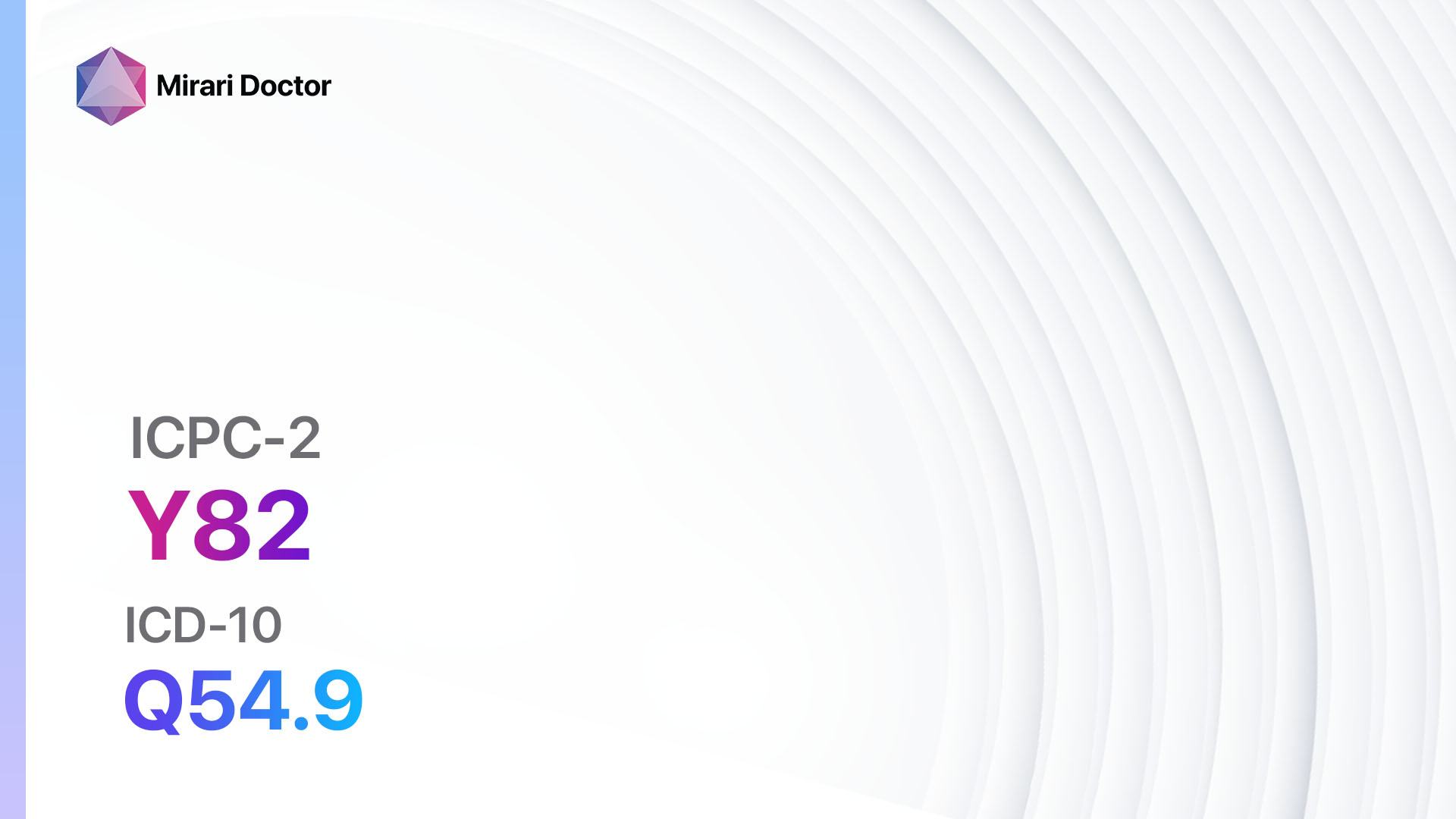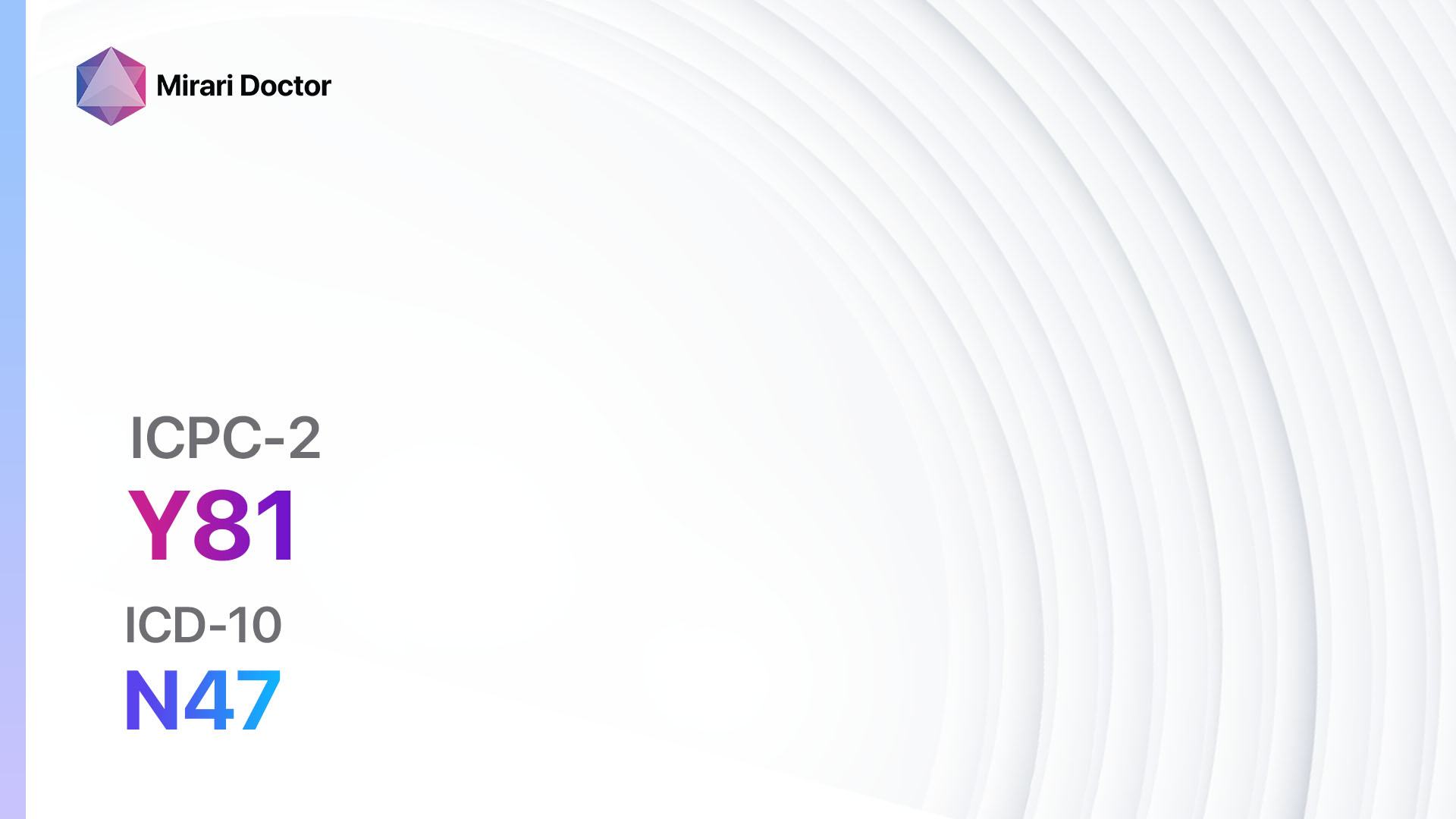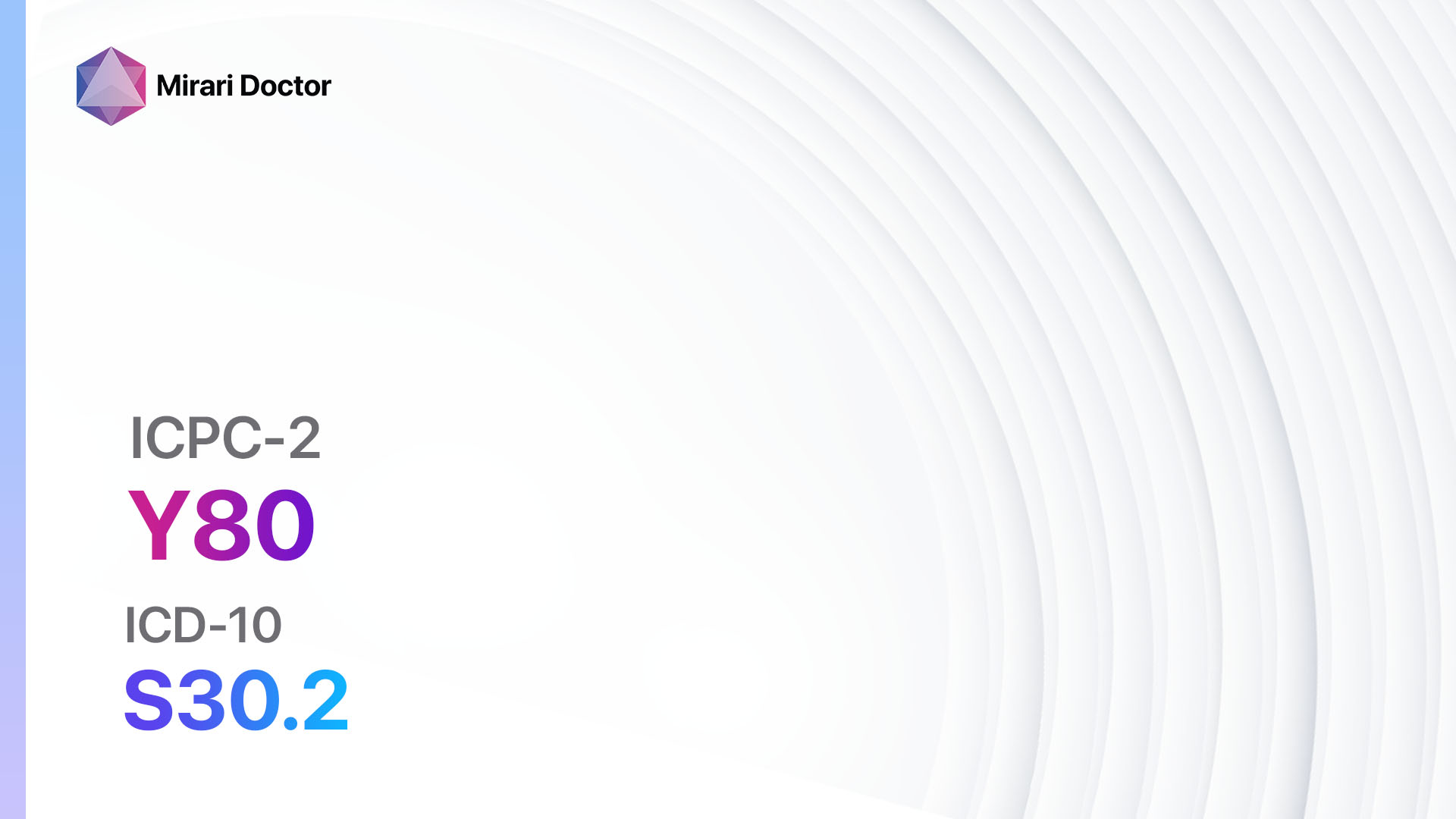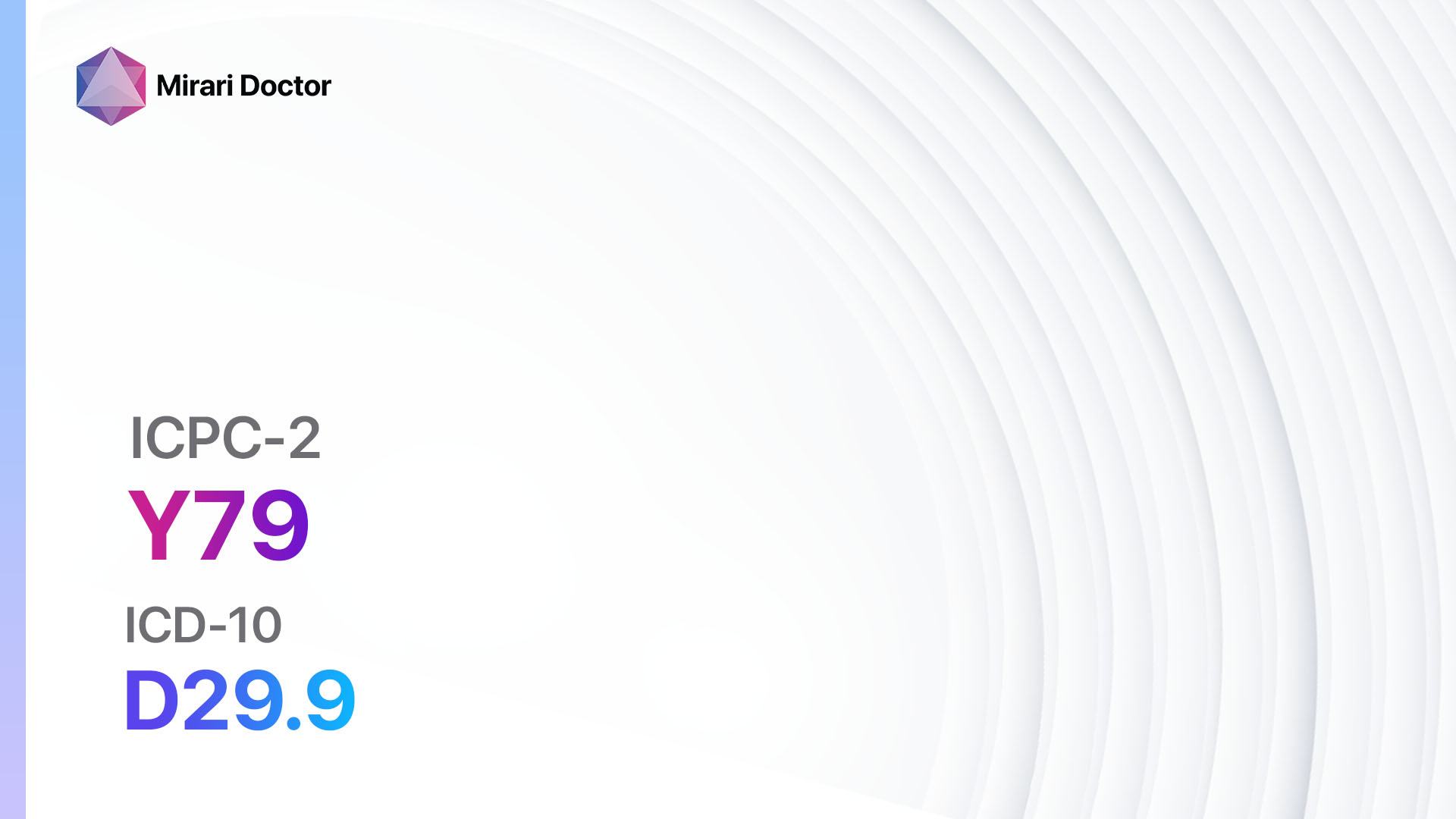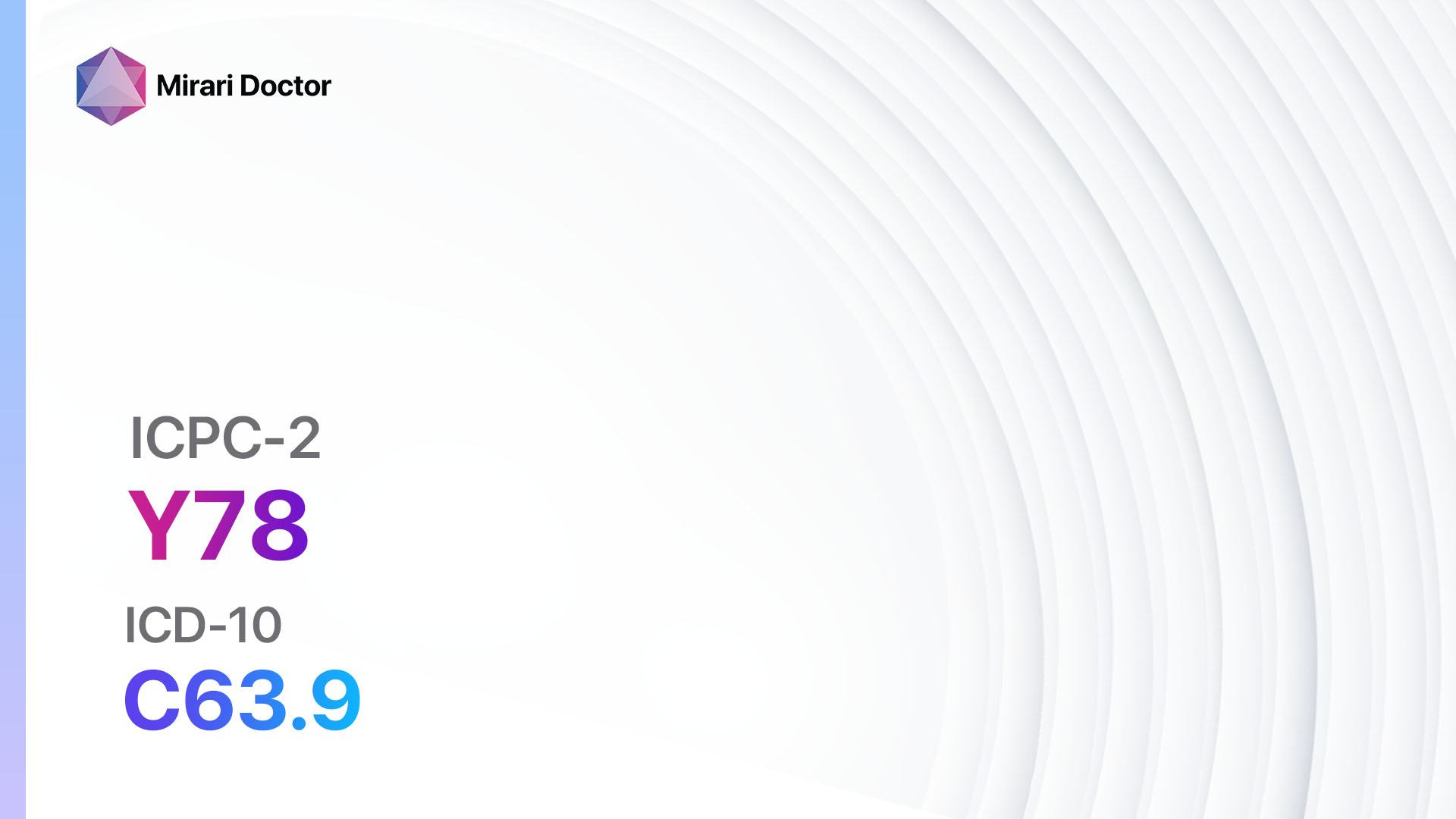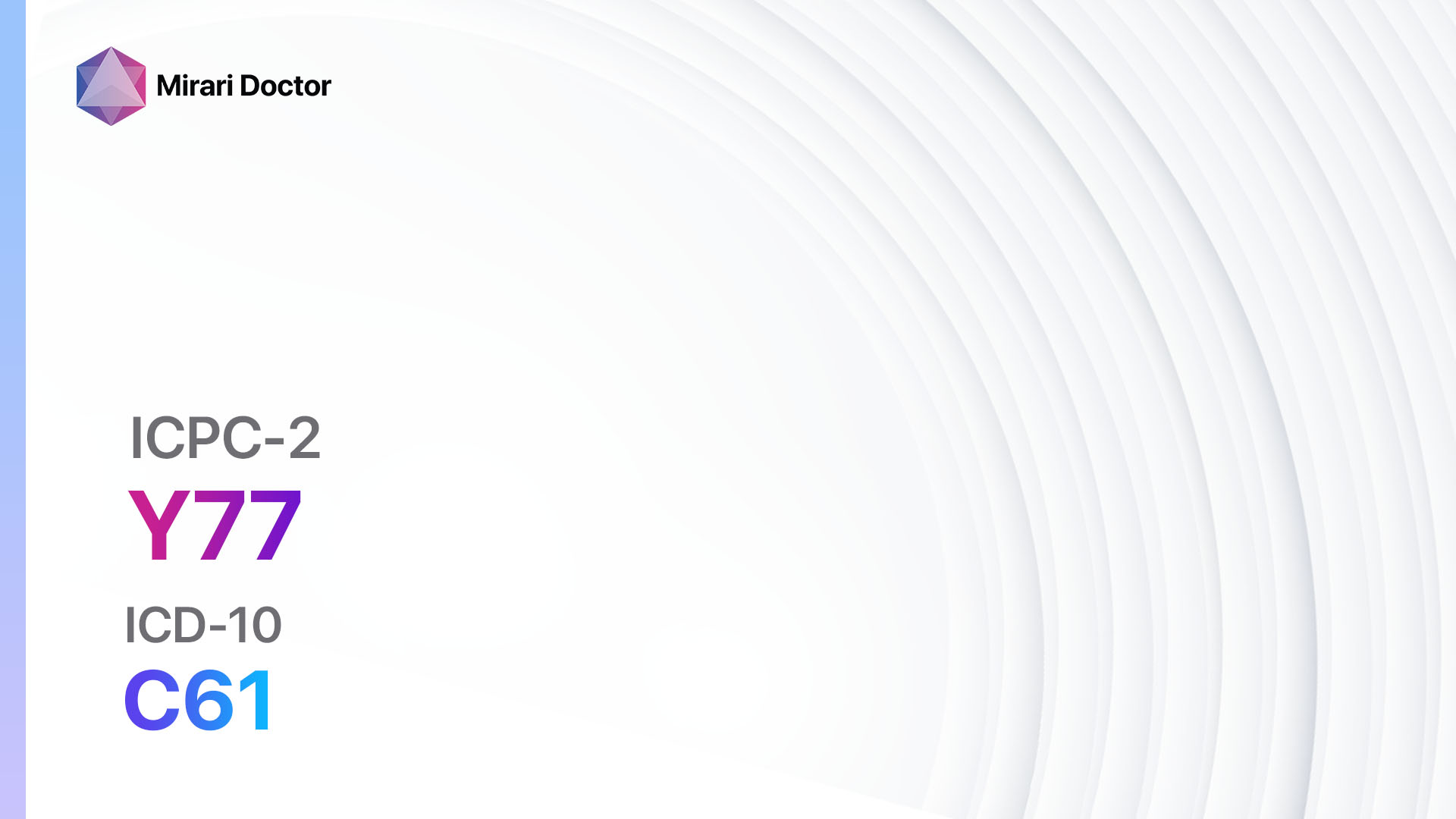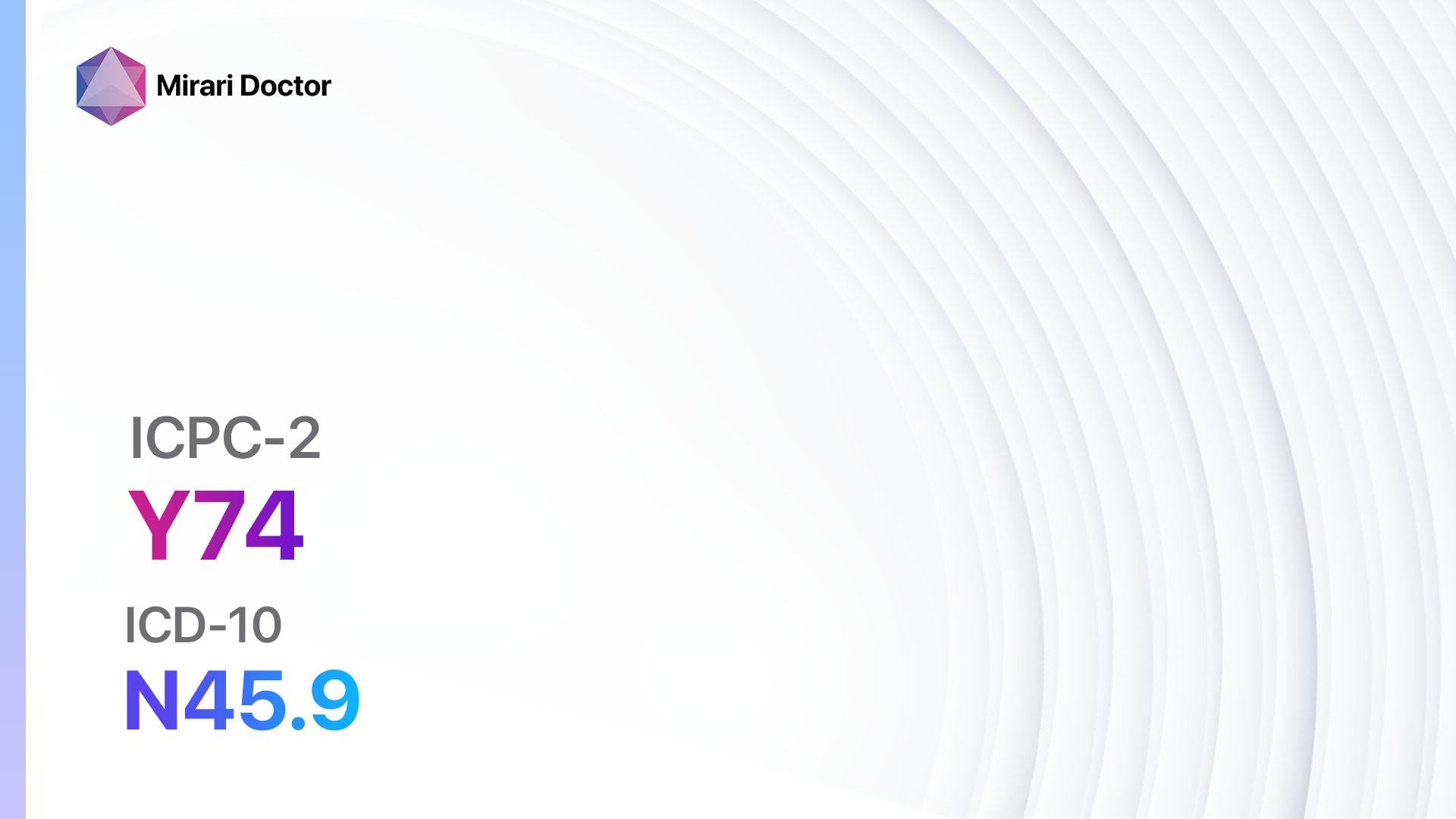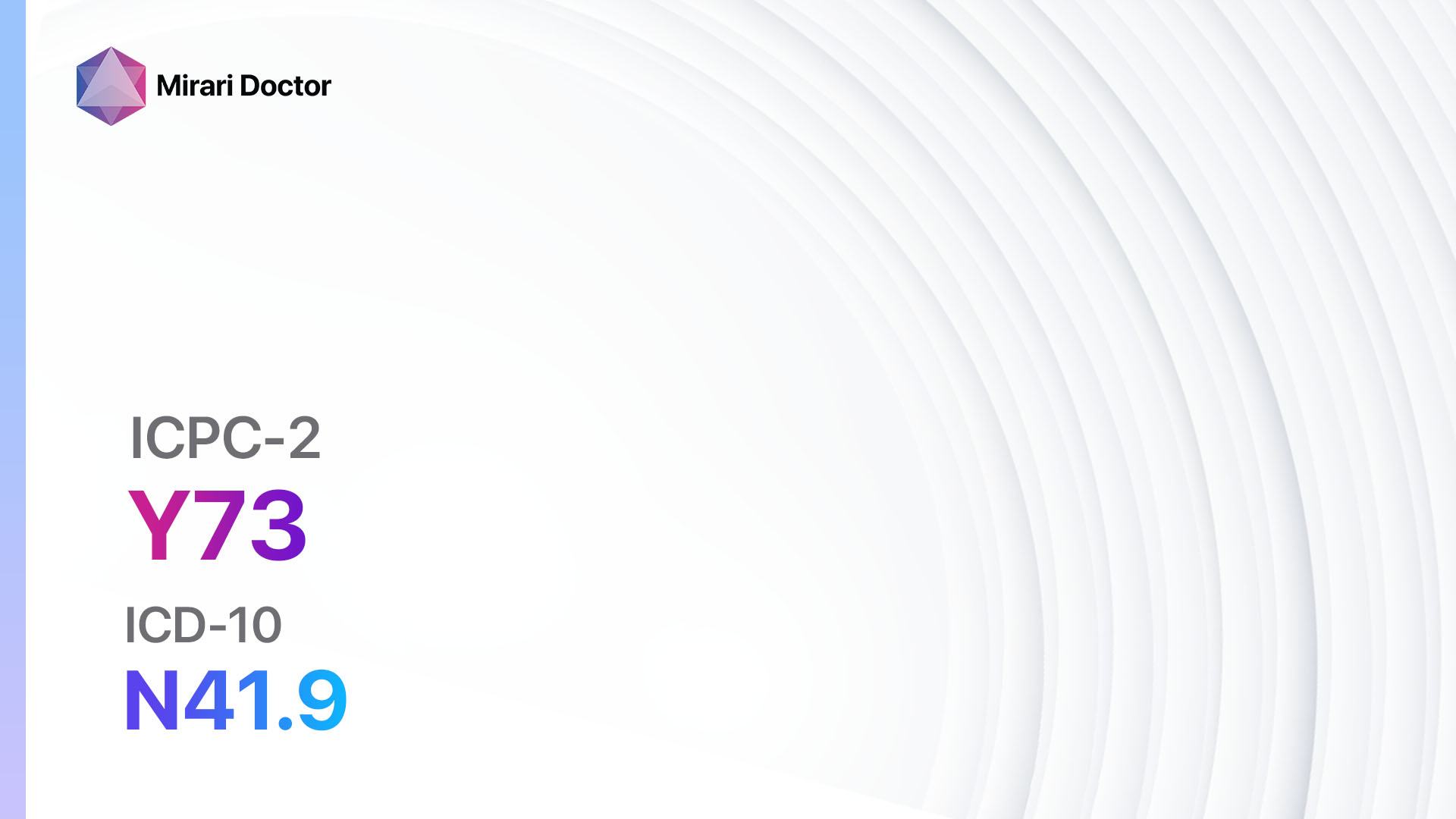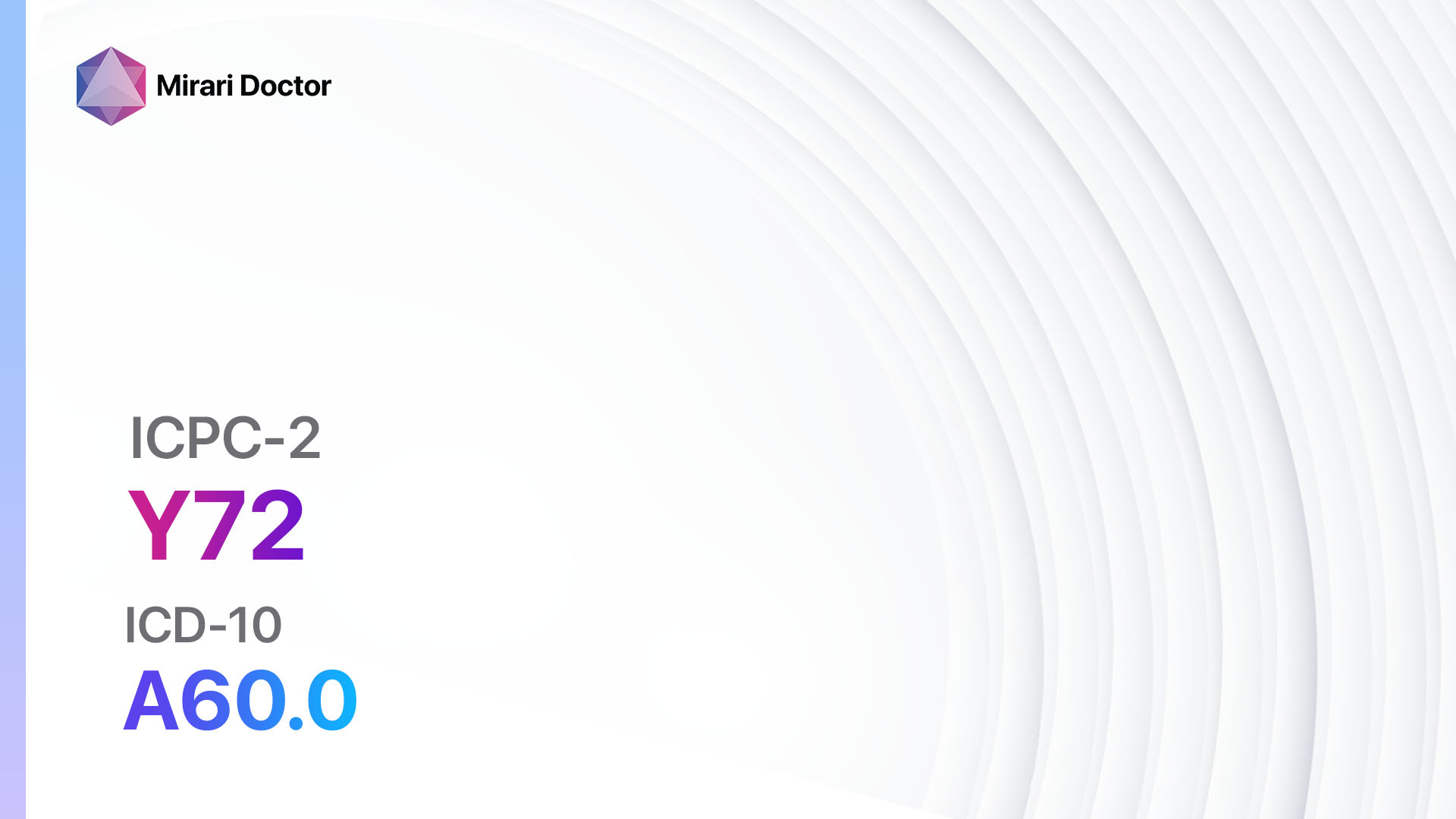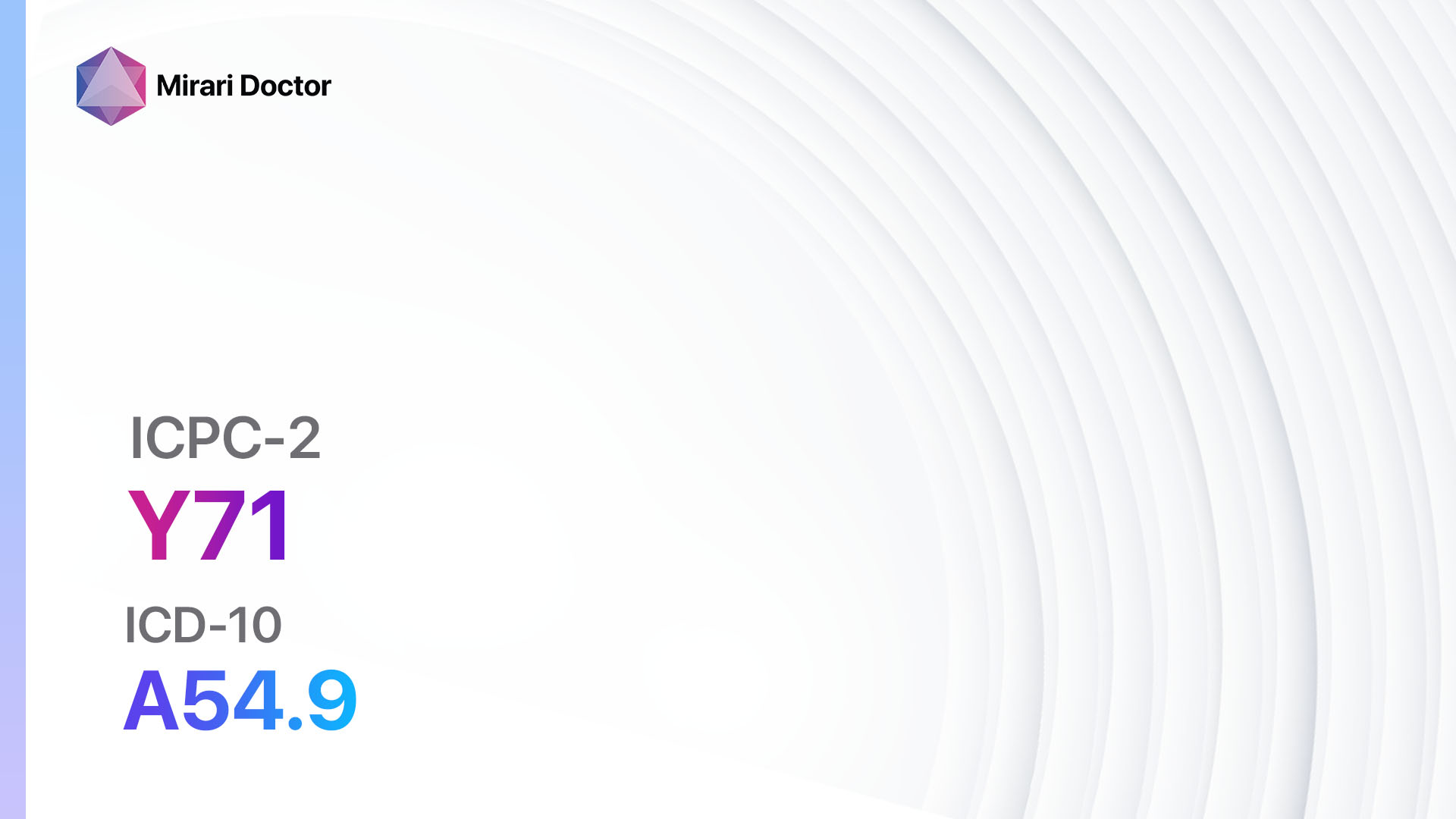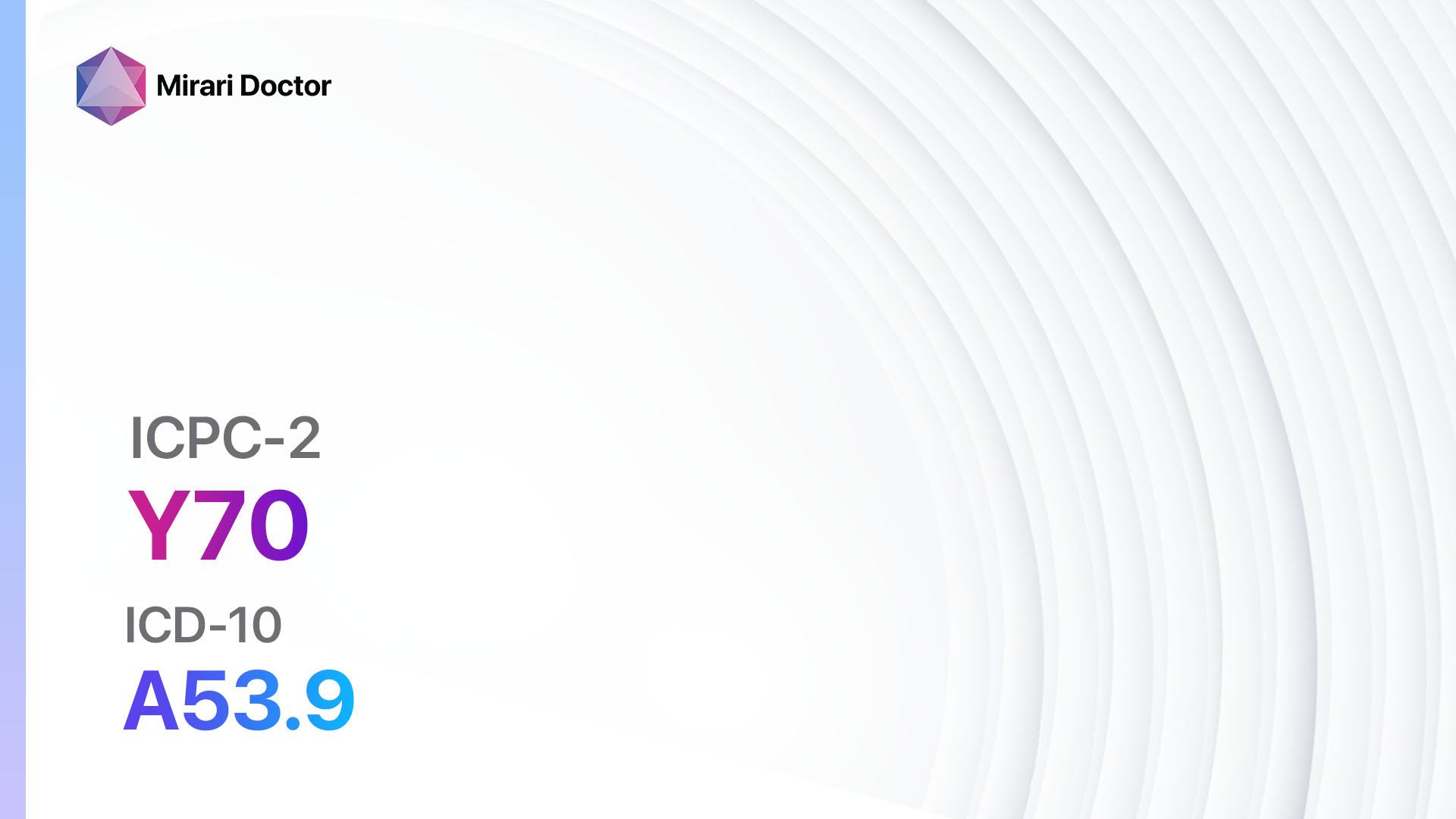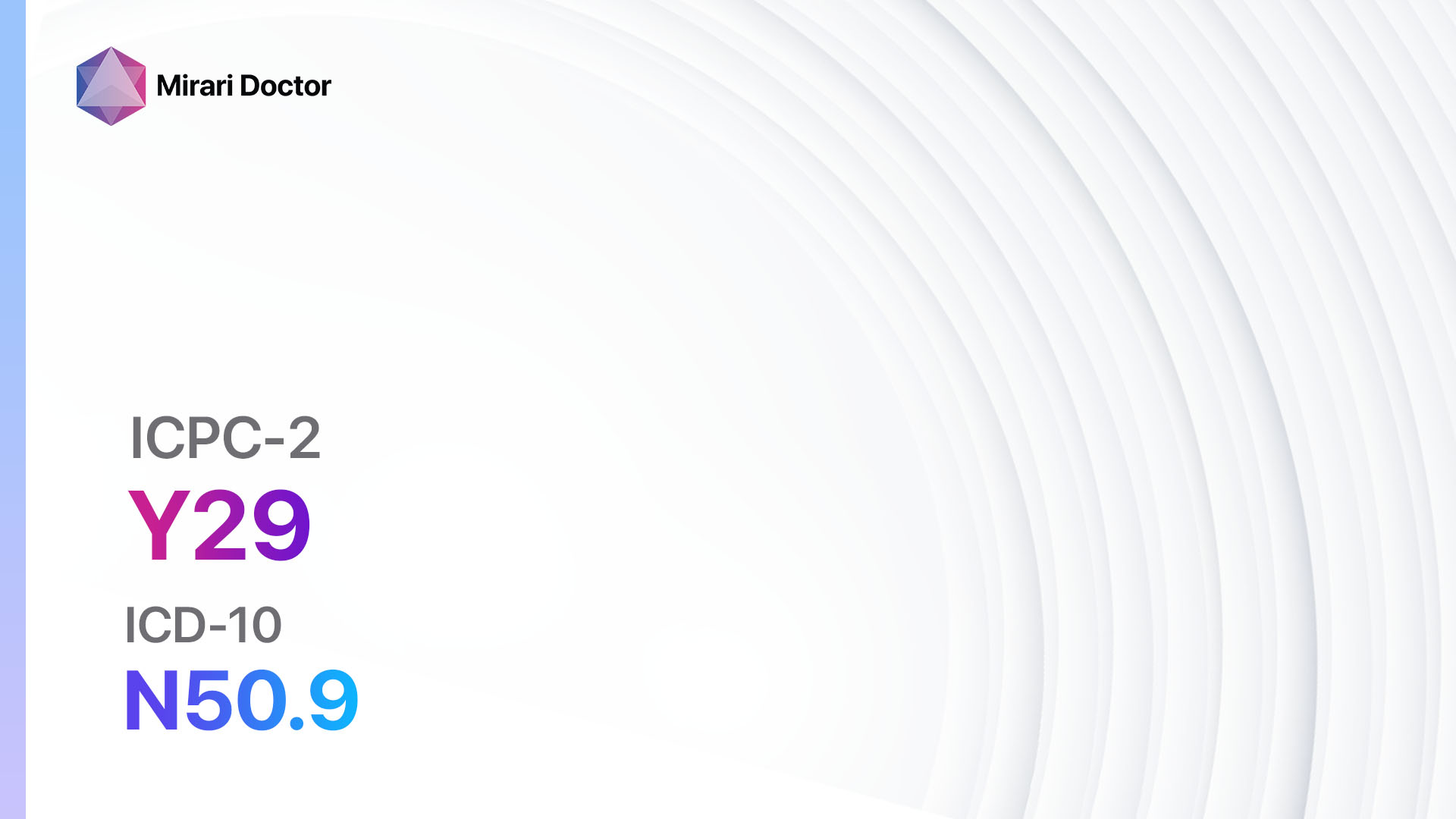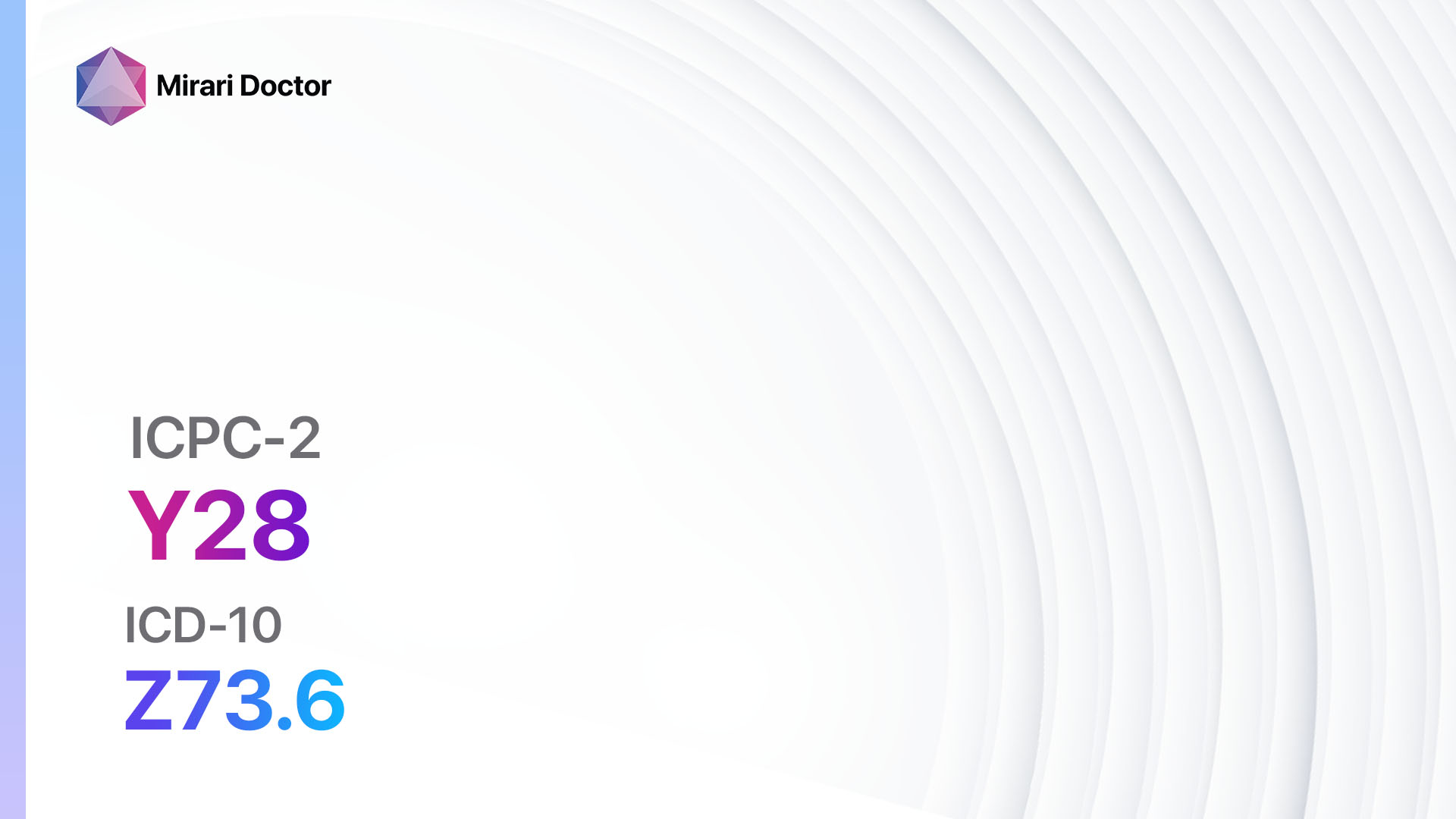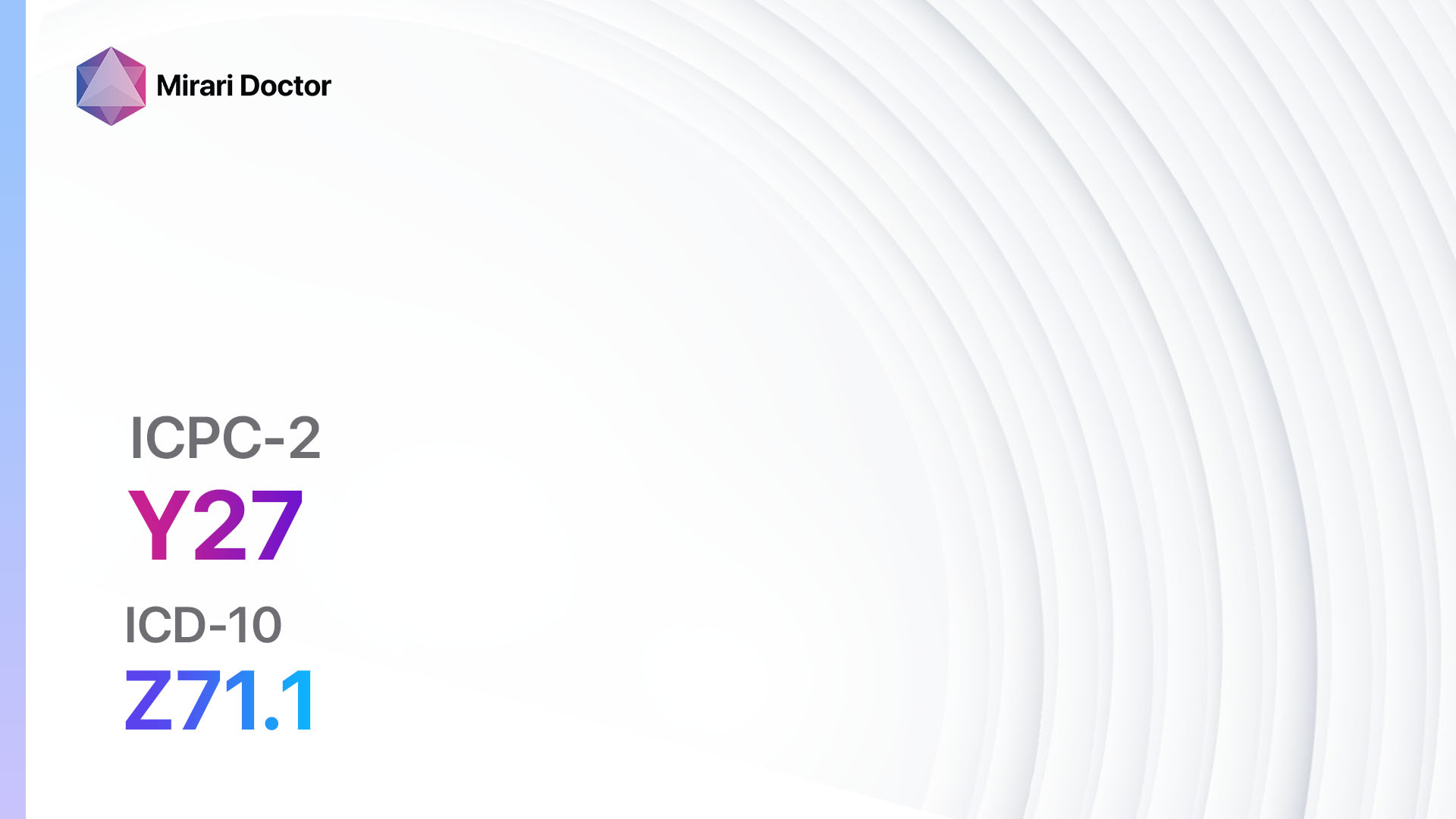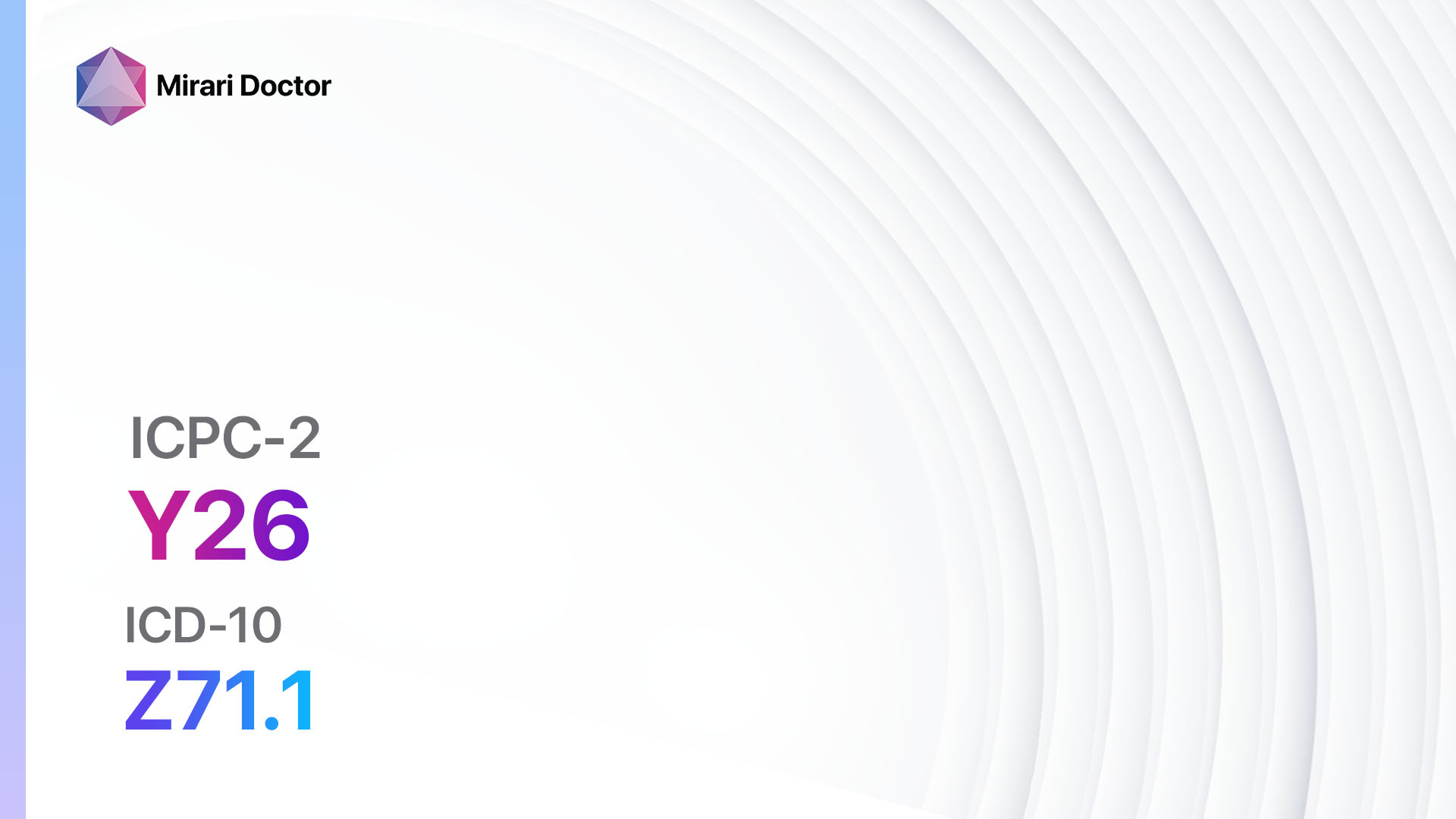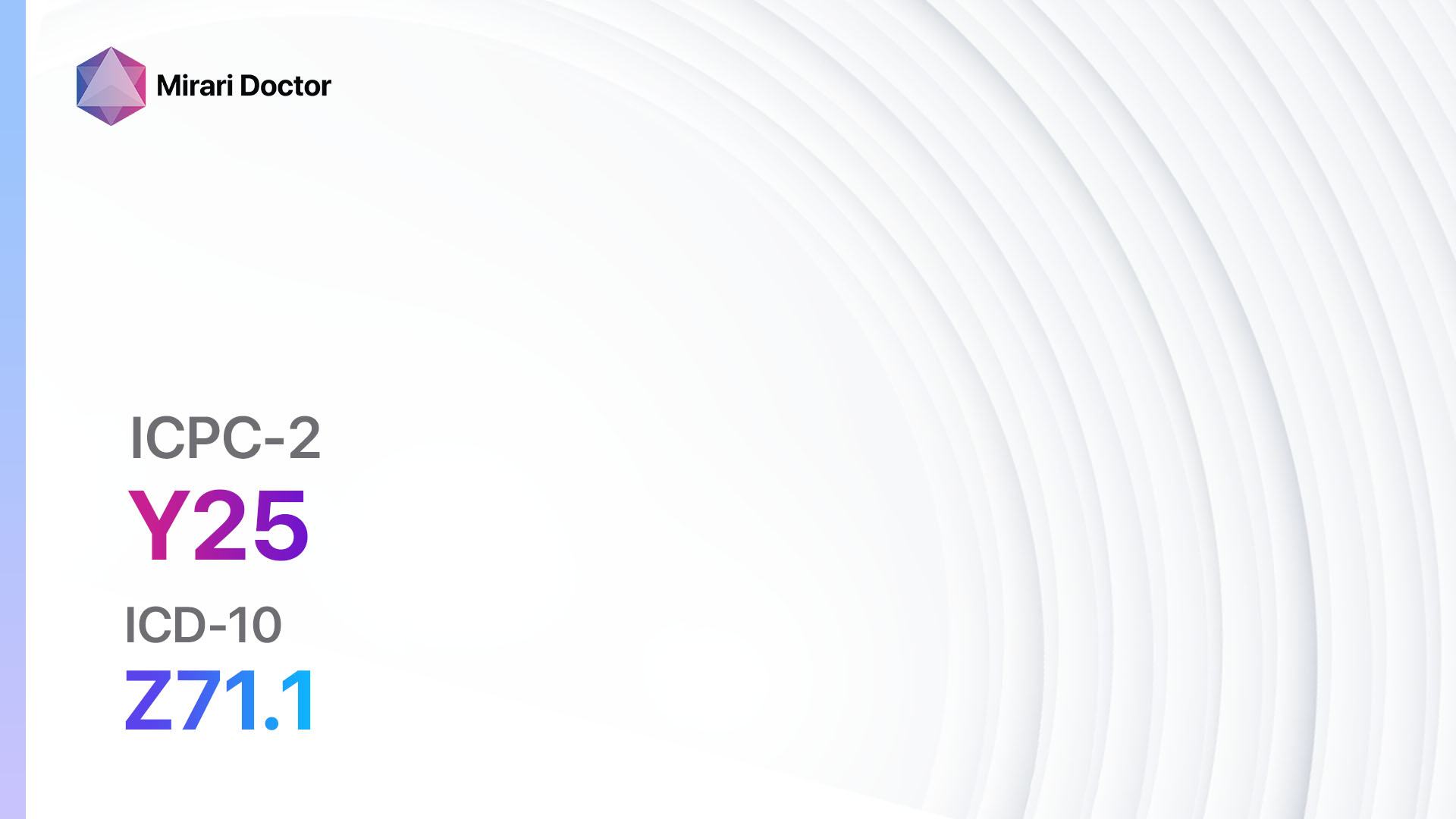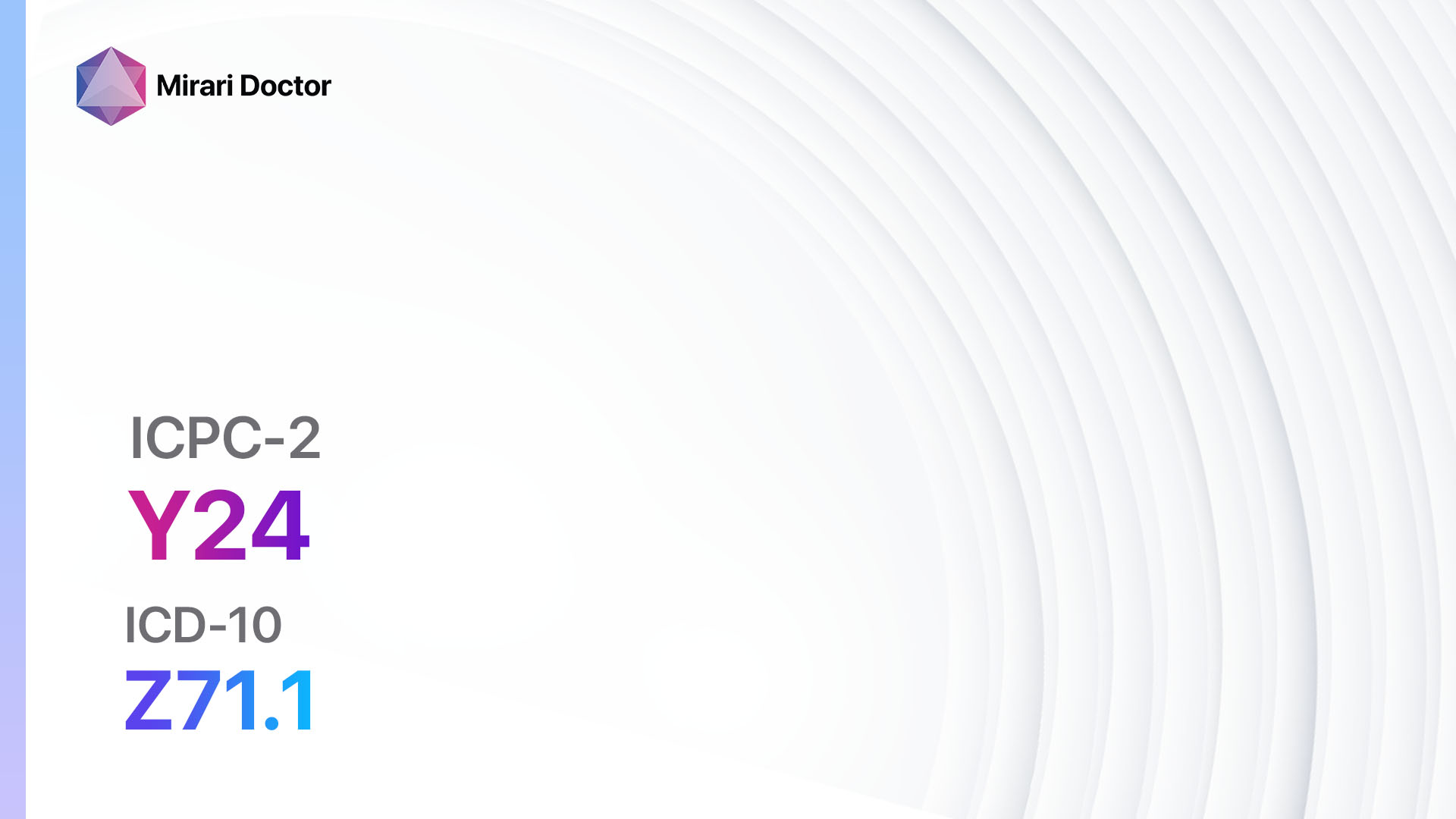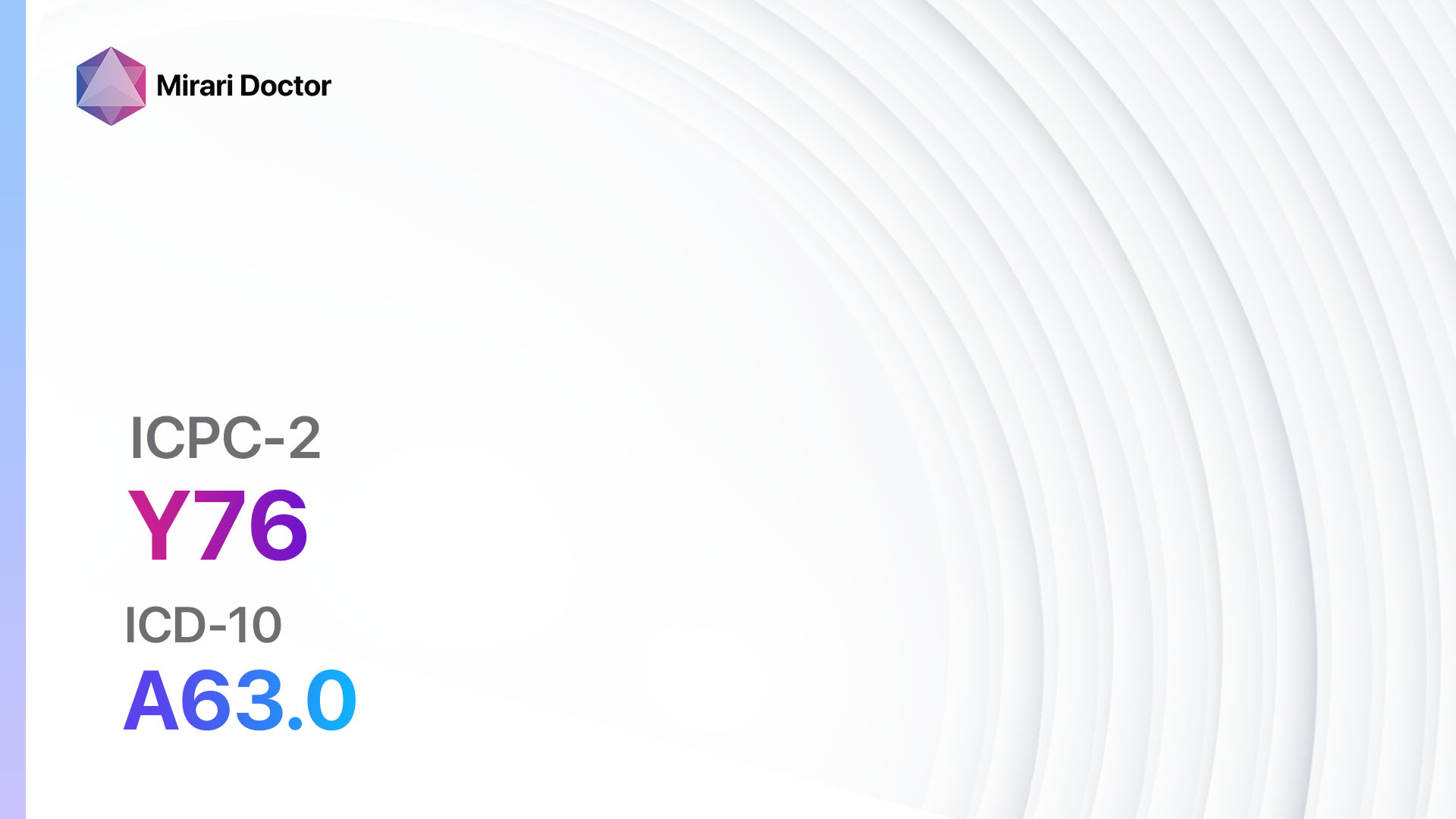
Introduction
Condylomata acuminata, also known as genital warts, is a sexually transmitted infection caused by the human papillomavirus (HPV). It primarily affects the genital area and can cause discomfort and emotional distress[1]. The aim of this guide is to provide an overview of the symptoms, causes, diagnostic steps, possible interventions, and lifestyle interventions for Condylomata acuminata in males.
Codes
Symptoms
- Visible warts on the penis, scrotum, anus, or surrounding areas
- Small, flesh-colored or pinkish warts that may be raised or flat
- Clusters of warts that may resemble cauliflower
- Itching or discomfort in the genital area
- Bleeding during sexual intercourse[2]
Causes
- Infection with the human papillomavirus (HPV)
- Sexual contact with an infected individual
- Weakened immune system[3]
Diagnostic Steps
Medical History
- Gather information about the patient’s sexual history, including the number of sexual partners and any history of sexually transmitted infections.
- Assess the patient’s overall health and immune system function.
- Discuss any symptoms or concerns related to the genital area[4].
Physical Examination
- Examine the genital area for the presence of visible warts.
- Check for any other signs of infection or abnormalities.
- Conduct a digital rectal examination to assess the anus and rectum for warts[5].
Laboratory Tests
- No specific laboratory tests are required for the diagnosis of Condylomata acuminata.
- However, if there are any atypical or suspicious lesions, a biopsy may be performed to rule out other conditions or types of HPV[6].
Diagnostic Imaging
- Diagnostic imaging is typically not necessary for the diagnosis of Condylomata acuminata[7].
Other Tests
- No other specific tests are required for the diagnosis of Condylomata acuminata[8].
Follow-up and Patient Education
- Schedule a follow-up appointment to monitor the progress of the treatment.
- Provide education on safe sexual practices and the importance of vaccination against HPV.
- Offer emotional support and counseling as needed[9][10].
Possible Interventions
Traditional Interventions
Medications:
Top 5 drugs for Condylomata acuminata male:
- Imiquimod (Aldara):
- Cost : $150-$300 for a 12-week treatment course.
- Contraindications : Hypersensitivity to imiquimod or any component of the cream.
- Side effects : Local skin reactions (redness, itching, burning), flu-like symptoms.
- Severe side effects : Severe skin reactions (ulceration, blisters), systemic allergic reactions.
- Drug interactions: None reported.
- Warning : Avoid sexual contact while the cream is on the skin.
- Podofilox (Condylox):
- Cost : $200-$400 for a 4-week treatment course.
- Contraindications : Hypersensitivity to podofilox or any component of the solution/gel.
- Side effects : Local skin irritation, burning, pain, ulceration.
- Severe side effects : Systemic absorption leading to systemic toxicity.
- Drug interactions: None reported.
- Warning : Avoid sexual contact while the solution/gel is on the skin.
- Trichloroacetic acid (TCA):
- Cost : $100-$200 for a 4-week treatment course.
- Contraindications : Hypersensitivity to trichloroacetic acid or any component of the solution.
- Side effects : Local skin irritation, burning, pain, ulceration.
- Severe side effects : Systemic absorption leading to systemic toxicity.
- Drug interactions: None reported.
- Warning : Avoid contact with normal surrounding skin.
- Cryotherapy (liquid nitrogen):
- Cost : $100-$200 per treatment session.
- Contraindications : None reported.
- Side effects : Pain, blistering, swelling, scarring.
- Severe side effects : None reported.
- Drug interactions: None reported.
- Warning : Multiple treatment sessions may be required.
- Electrocautery or Surgical Excision:
- Cost : $500-$1000 per procedure.
- Contraindications : None reported.
- Side effects : Pain, bleeding, scarring.
- Severe side effects : None reported.
- Drug interactions: None reported.
- Warning : May require local anesthesia or sedation.
Alternative Drugs:
- Sinecatechins (Veregen): A green tea extract ointment that may help in the treatment of genital warts.
- Interferon (Intron A): An injection that may be used for resistant or recurrent warts.
- 5-fluorouracil (Efudex): A topical cream that may be used for resistant or recurrent warts.
- Podophyllin resin: An alternative to podofilox, but is less commonly used due to potential toxicity.
- Bleomycin: An injection used for resistant or recurrent warts.
Surgical Procedures:
- Electrocautery or Surgical Excision: Surgical removal of warts using an electric current or surgical instruments.
- Cryotherapy (liquid nitrogen): Freezing the warts with liquid nitrogen to destroy the tissue.
- Laser Therapy: Using a laser to vaporize or remove the warts.
- Excisional Surgery: Surgically removing the warts under local or general anesthesia.
- Cauterization: Using heat to destroy the tissue of the warts.
Alternative Interventions
- Acupuncture: May help boost the immune system and reduce symptoms. Cost: $60-$120 per session.
- Herbal remedies: Some herbal remedies, such as tea tree oil or thuja, may have antiviral properties. Cost: Varies depending on the specific remedy.
- Homeopathic treatments: Homeopathic remedies, such as Thuja occidentalis, may be used to stimulate the body’s immune response. Cost: Varies depending on the specific remedy.
- Topical applications: Apple cider vinegar or hydrogen peroxide may be applied to the warts to help reduce their size or appearance. Cost: Varies depending on the specific product.
- Dietary changes: A healthy diet rich in fruits and vegetables may help boost the immune system and promote healing. Cost: Varies depending on individual food choices.
Lifestyle Interventions
- Safe sexual practices: Using condoms and practicing monogamy can help reduce the risk of transmitting or acquiring HPV.
- Smoking cessation: Smoking can weaken the immune system and increase the risk of persistent or recurrent genital warts.
- Stress management: High levels of stress may weaken the immune system, so finding healthy ways to manage stress can be beneficial.
- Healthy lifestyle habits: Eating a balanced diet, getting regular exercise, and getting enough sleep can help support overall immune system function.
It is important to note that the cost ranges provided are approximate and may vary depending on the location and availability of the interventions. It is recommended to consult with a healthcare professional for personalized treatment options and cost estimates.
Mirari Cold Plasma Alternative Intervention
Understanding Mirari Cold Plasma
- Safe and Non-Invasive Treatment: Mirari Cold Plasma is a safe and non-invasive treatment option for various skin conditions. It does not require incisions, minimizing the risk of scarring, bleeding, or tissue damage.
- Efficient Extraction of Foreign Bodies: Mirari Cold Plasma facilitates the removal of foreign bodies from the skin by degrading and dissociating organic matter, allowing easier access and extraction.
- Pain Reduction and Comfort: Mirari Cold Plasma has a local analgesic effect, providing pain relief during the treatment, making it more comfortable for the patient.
- Reduced Risk of Infection: Mirari Cold Plasma has antimicrobial properties, effectively killing bacteria and reducing the risk of infection.
- Accelerated Healing and Minimal Scarring: Mirari Cold Plasma stimulates wound healing and tissue regeneration, reducing healing time and minimizing the formation of scars.
Mirari Cold Plasma Prescription
Video instructions for using Mirari Cold Plasma Device – Y76 Condylomata acuminata male (ICD-10:A63.0)
| Mild | Moderate | Severe |
| Mode setting: 1 (Infection) Location: 0 (Localized) Morning: 15 minutes, Evening: 15 minutes |
Mode setting: 1 (Infection) Location: 0 (Localized) Morning: 30 minutes, Lunch: 30 minutes, Evening: 30 minutes |
Mode setting: 1 (Infection) Location: 0 (Localized) Morning: 30 minutes, Lunch: 30 minutes, Evening: 30 minutes |
| Mode setting: 2 (Wound Healing) Location: 0 (Localized) Morning: 15 minutes, Evening: 15 minutes |
Mode setting: 2 (Wound Healing) Location: 0 (Localized) Morning: 30 minutes, Lunch: 30 minutes, Evening: 30 minutes |
Mode setting: 2 (Wound Healing) Location: 0 (Localized) Morning: 30 minutes, Lunch: 30 minutes, Evening: 30 minutes |
| Mode setting: 5 (Prostatitis Therapy) Location: 0 (Localized) Morning: 15 minutes, Evening: 15 minutes |
Mode setting: 5 (Prostatitis Therapy) Location: 0 (Localized) Morning: 30 minutes, Lunch: 30 minutes, Evening: 30 minutes |
Mode setting: 5 (Prostatitis Therapy) Location: 0 (Localized) Morning: 30 minutes, Lunch: 30 minutes, Evening: 30 minutes |
| Mode setting: 7 (Immunotherapy) Location: 1 (Sacrum) Morning: 15 minutes, Evening: 15 minutes |
Mode setting: 7 (Immunotherapy) Location: 1 (Sacrum) Morning: 30 minutes, Lunch: 30 minutes, Evening: 30 minutes |
Mode setting: 7 (Immunotherapy) Location: 1 (Sacrum) Morning: 30 minutes, Lunch: 30 minutes, Evening: 30 minutes |
| Total Morning: 60 minutes approx. $10 USD, Evening: 60 minutes approx. $10 USD |
Total Morning: 120 minutes approx. $20 USD, Lunch: 120 minutes approx. $20 USD, Evening: 120 minutes approx. $20 USD, |
Total Morning: 120 minutes approx. $20 USD, Lunch: 120 minutes approx. $20 USD, Evening: 120 minutes approx. $20 USD, |
| Usual treatment for 7-60 days approx. $140 USD – $1200 USD | Usual treatment for 6-8 weeks approx. $2,520 USD – $3,360 USD |
Usual treatment for 3-6 months approx. $5,400 USD – $10,800 USD
|
 |
|
Use the Mirari Cold Plasma device to treat Condylomata acuminata male effectively.
WARNING: MIRARI COLD PLASMA IS DESIGNED FOR THE HUMAN BODY WITHOUT ANY ARTIFICIAL OR THIRD PARTY PRODUCTS. USE OF OTHER PRODUCTS IN COMBINATION WITH MIRARI COLD PLASMA MAY CAUSE UNPREDICTABLE EFFECTS, HARM OR INJURY. PLEASE CONSULT A MEDICAL PROFESSIONAL BEFORE COMBINING ANY OTHER PRODUCTS WITH USE OF MIRARI.
Step 1: Cleanse the Skin
- Start by cleaning the affected area of the skin with a gentle cleanser or mild soap and water. Gently pat the area dry with a clean towel.
Step 2: Prepare the Mirari Cold Plasma device
- Ensure that the Mirari Cold Plasma device is fully charged or has fresh batteries as per the manufacturer’s instructions. Make sure the device is clean and in good working condition.
- Switch on the Mirari device using the power button or by following the specific instructions provided with the device.
- Some Mirari devices may have adjustable settings for intensity or treatment duration. Follow the manufacturer’s instructions to select the appropriate settings based on your needs and the recommended guidelines.
Step 3: Apply the Device
- Place the Mirari device in direct contact with the affected area of the skin. Gently glide or hold the device over the skin surface, ensuring even coverage of the area experiencing.
- Slowly move the Mirari device in a circular motion or follow a specific pattern as indicated in the user manual. This helps ensure thorough treatment coverage.
Step 4: Monitor and Assess:
- Keep track of your progress and evaluate the effectiveness of the Mirari device in managing your Condylomata acuminata male. If you have any concerns or notice any adverse reactions, consult with your health care professional.
Note
This guide is for informational purposes only and should not replace the advice of a medical professional. Always consult with your healthcare provider or a qualified medical professional for personal advice, diagnosis, or treatment. Do not solely rely on the information presented here for decisions about your health. Use of this information is at your own risk. The authors of this guide, nor any associated entities or platforms, are not responsible for any potential adverse effects or outcomes based on the content.
Mirari Cold Plasma System Disclaimer
- Purpose: The Mirari Cold Plasma System is a Class 2 medical device designed for use by trained healthcare professionals. It is registered for use in Thailand and Vietnam. It is not intended for use outside of these locations.
- Informational Use: The content and information provided with the device are for educational and informational purposes only. They are not a substitute for professional medical advice or care.
- Variable Outcomes: While the device is approved for specific uses, individual outcomes can differ. We do not assert or guarantee specific medical outcomes.
- Consultation: Prior to utilizing the device or making decisions based on its content, it is essential to consult with a Certified Mirari Tele-Therapist and your medical healthcare provider regarding specific protocols.
- Liability: By using this device, users are acknowledging and accepting all potential risks. Neither the manufacturer nor the distributor will be held accountable for any adverse reactions, injuries, or damages stemming from its use.
- Geographical Availability: This device has received approval for designated purposes by the Thai and Vietnam FDA. As of now, outside of Thailand and Vietnam, the Mirari Cold Plasma System is not available for purchase or use.
References
- Centers for Disease Control and Prevention. (2021). Genital HPV Infection – Fact Sheet. Retrieved from https://www.cdc.gov/std/hpv/stdfact-hpv.htm
- Mayo Clinic. (2022). Genital warts – Symptoms and causes. Retrieved from https://www.mayoclinic.org/diseases-conditions/genital-warts/symptoms-causes/syc-20355234
- World Health Organization. (2022). Human papillomavirus (HPV) and cervical cancer. Retrieved from https://www.who.int/news-room/fact-sheets/detail/human-papillomavirus-(hpv)-and-cervical-cancer
- Workowski, K. A., & Bolan, G. A. (2015). Sexually transmitted diseases treatment guidelines, 2015. MMWR Recommendations and Reports, 64(RR-03), 1-137.
- Wray, A. A., Velasquez, J., & Khetarpal, S. (2023). Balanitis. In StatPearls. Treasure Island (FL): StatPearls Publishing.
- Patel, H., Wagner, M., Singhal, P., & Kothari, S. (2013). Systematic review of the incidence and prevalence of genital warts. BMC Infectious Diseases, 13, 39.
- Buechner, S. A. (2002). Common skin disorders of the penis. BJU International, 90(5), 498-506.
- Anic, G. M., & Giuliano, A. R. (2011). Genital HPV infection and related lesions in men. Preventive Medicine, 53(Suppl 1), S36-S41.
- Garland, S. M., Steben, M., Sings, H. L., James, M., Lu, S., Railkar, R., … & Joura, E. A. (2009). Natural history of genital warts: analysis of the placebo arm of 2 randomized phase III trials of a quadrivalent human papillomavirus (types 6, 11, 16, and 18) vaccine. The Journal of Infectious Diseases, 199(6), 805-814.
- Steben, M., & Garland, S. M. (2014). Genital warts. Best Practice & Research Clinical Obstetrics & Gynaecology, 28(7), 1063-1073.
Related articles
Made in USA


